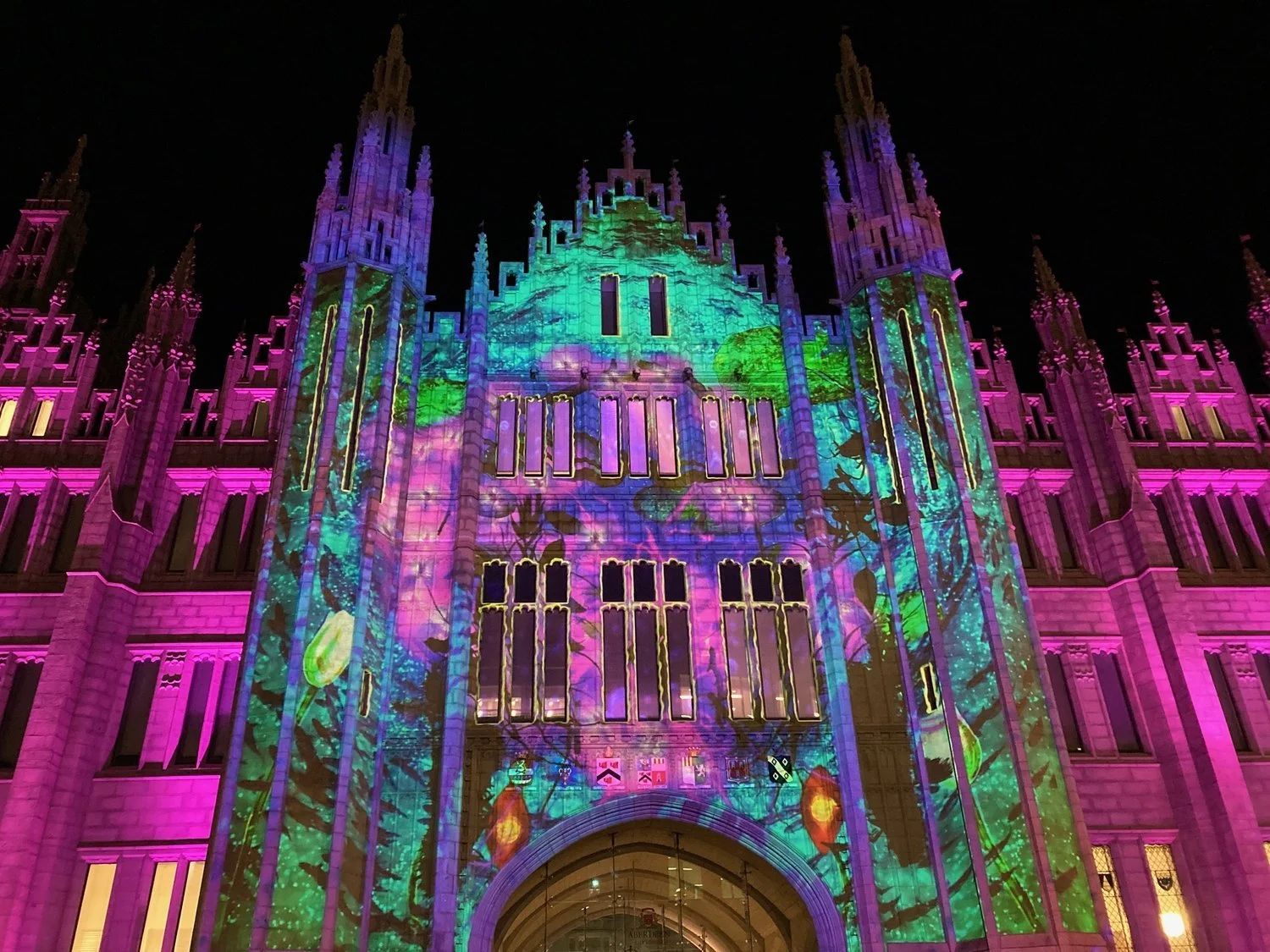Writing in Response to Art
Here are the approaches we experimented with during the ‘Writing in Response to Art’ workshop in Fittie, Aberdeen on 24th August 2023.
Choose your own image or artwork. Happy writing!
<><><>
Six Possible Approaches
Writing in response to art can take you to places you might not be able to reach by yourself. Through the eyes of artists, different doorways to the world appear. It’s also an imaginative way of finding things in yourself that you didn’t know were there. In a nature essay, Annie Dillard writes:
“…locate the most tender and live spot, then plug into that pulse.”
Here’s a selection of approaches. You can use any of these as a starting point, then go wherever your words take you.
There’s no need to write in sentences if your first thoughts come in other forms –– single words, broken phrases, mind-maps, doodles… There’s no need to make your first thoughts conform to any pre-conceived ideas of what ‘proper’ writing is, and there’s no need to finish anything if being in the flow of writing is as much as you want from the session.
<><><>
1. Personal response
A simple approach. Observe the image and describe what you see as you see it without worrying about accuracy or the artist’s intention. Elaborate on details that catch your eye and explore them through sight, sound, smell, taste, touch. Then move into the emotions that arise as you play around with words, and enjoy some word-play – sounds, visual appearance, ‘chewiness’. Finally, explore any tensions or conflicts that emerge as you write.
2. Using characters or settings for fiction or poetry
Another simple approach, at least on the surface. Inhabit the subject of an image or any background figures that pique your interest. Ask questions about them, or perhaps of them, and let their voices determine your direction. Or, begin with a landscape or setting and explore the territory as a character moves around inside it, physically interacting with the place. In particular, look for where the character experiences emotional friction in relation to the setting’s features.
3. Inhabiting a mood or style
What kind of mood does the image suggest regardless of its subject? Does the image have a distinctive or unusual style? Is there a way to write ‘Cubist-ly’, for example? You don’t need to know any art terms. Decide what the style is to you, then play around with ways to reflect this in words.
4. Dates and events
Do a quick search for events that happened in the year the image was produced. Is there anything that coincides with or opposes the content of the painting and which might spark an idea?
5. Different starting points
Here are two ways to approach this:
1) Choose an image and write for a specific length of time, say 5 or 10 minutes, in response to one aspect of it – a figure, a detail, a colour, a mood. Then, using the same image, write again for your chosen length of time, but starting from a different aspect of the image. Repeat, from a third starting point.
2) Or, choose three different images and write in response to each one for the same length of time.
Once you have three responses, consider whether any connections emerged that aren’t in the images. How might your three responses be layered or interwoven into a single piece? Or could they work as three parts of a kaleidoscopic whole?
6. Following the rhythm out in front
In a 1926 letter to Vita Sackville-West, Virginia Woolf wrote:
“Style is a very simple matter: it is all rhythm. Once you get that, you can’t use the wrong words… A sight, an emotion, creates this wave in the mind, long before it makes words to fit it…”
Locate a pulse, a wave in the mind, or write with the length and momentum of your breath.
